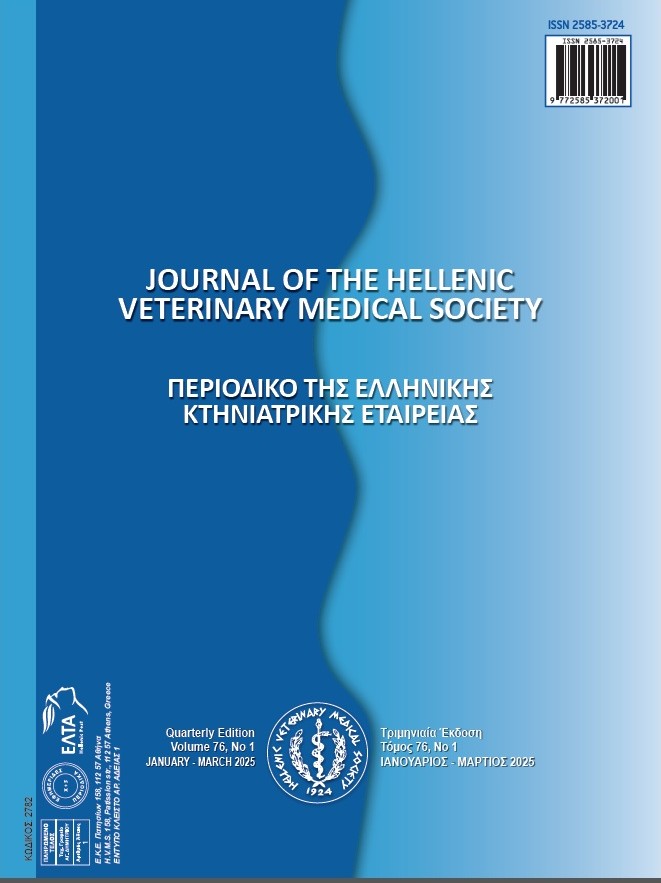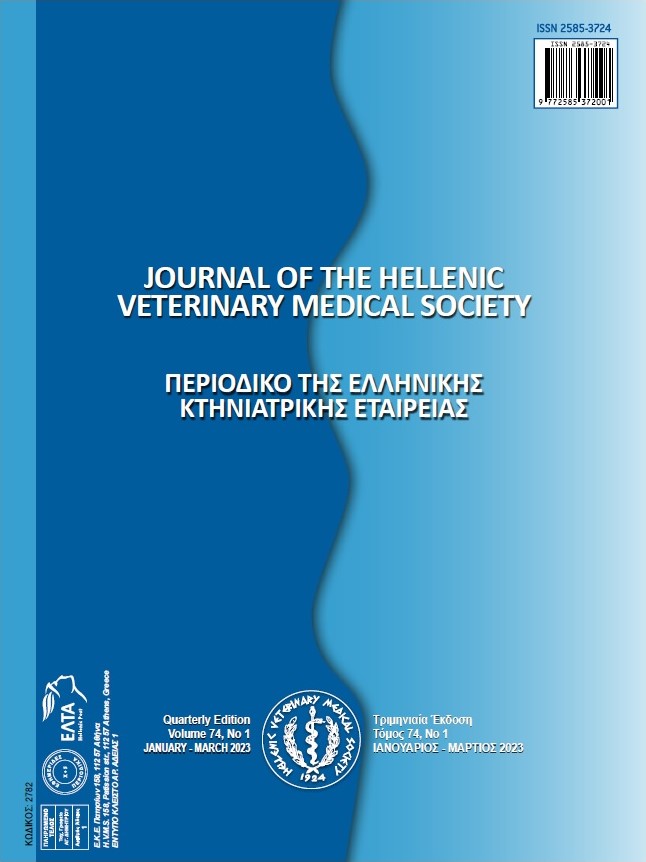Treatment of Long Bone Fractures with Locking Kuntscher Nail in Dogs

Abstract
In this study, it was aimed to evaluate the treatment of long bone fractures with ''Locking Küntscher'' nails in dogs under the light of clinical and radiographic findings. The study material consisted of 16 dogs in different races, ages, and genders with the diagnosis of diaphyseal fracture in femur or tibia. In the fractures reached with standard surgery technique, the operations were performed using Locking Küntscher nails and locking cortical screws in the sizes determined by using the x-ray results in the preoperative period. The cases underwent radiographic examinations every week during post-operative 4 weeks and lameness scores were obtained. In one case, after the postoperative 7th day, callus exuberant was observed and it was determined that the lameness score was at level 4. In one case, during the operation, the nail was determined to be broken in medullada after passing the fracture line, and the score of lameness level on the postoperative 7th day was determined as 1. It was determined that the cortical screws applied in one case had missed the the distal holes and the lameness score was determined as 1. in another case, the nail was broken from its distal part in postoperative 15th day, and the lameness score was determined as 1.
As a result; under the light of clinical and radiographical findings; it was concluded that Locking Küntscher nails may be preferred in long bone fractures of dogs because of its advantages over current treatment methods with its high success and low complication rates, especially because of the fact that it completely removes pin migration and allows early use of the extremity.
Article Details
- Come citare
-
Karahalli, A., & Sarierler, M. (2025). Treatment of Long Bone Fractures with Locking Kuntscher Nail in Dogs. Journal of the Hellenic Veterinary Medical Society, 76(1), 8535–8544. https://doi.org/10.12681/jhvms.34426 (Original work published 17 aprile 2025)
- Fascicolo
- V. 76 N. 1 (2025)
- Sezione
- Research Articles

Questo lavoro è fornito con la licenza Creative Commons Attribuzione - Non commerciale 4.0 Internazionale.
Authors who publish with this journal agree to the following terms:
· Authors retain copyright and grant the journal right of first publication with the work simultaneously licensed under a Creative Commons Attribution Non-Commercial License that allows others to share the work with an acknowledgement of the work's authorship and initial publication in this journal.
· Authors are able to enter into separate, additional contractual arrangements for the non-exclusive distribution of the journal's published version of the work (e.g. post it to an institutional repository or publish it in a book), with an acknowledgement of its initial publication in this journal.
· Authors are permitted and encouraged to post their work online (preferably in institutional repositories or on their website) prior to and during the submission process, as it can lead to productive exchanges, as well as earlier and greater citation of published work.



